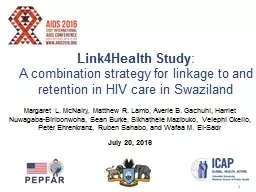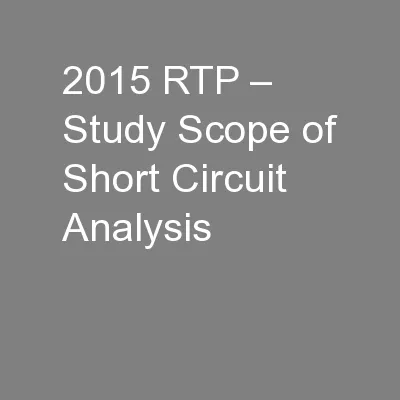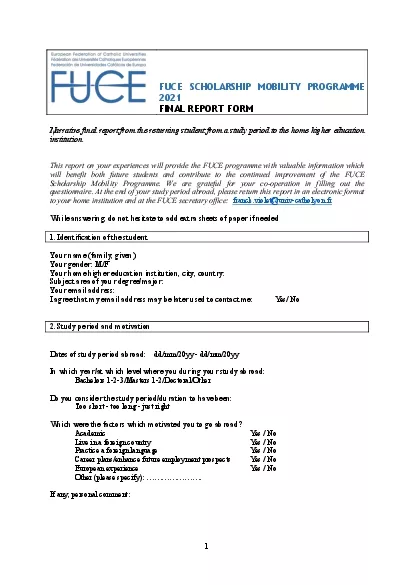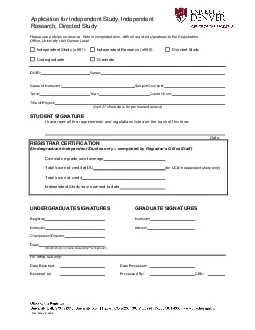PPT-Link4Health Study :
Author : calandra-battersby | Published Date : 2019-12-24
Link4Health Study A combination strategy for linkage to and retention in HIV care in Swaziland Margaret L McNairy Matthew R Lamb Averie B Gachuhi Harriet NuwagabaBiribonwoha
Presentation Embed Code
Download Presentation
Download Presentation The PPT/PDF document "Link4Health Study :" is the property of its rightful owner. Permission is granted to download and print the materials on this website for personal, non-commercial use only, and to display it on your personal computer provided you do not modify the materials and that you retain all copyright notices contained in the materials. By downloading content from our website, you accept the terms of this agreement.
Link4Health Study :: Transcript
Download Rules Of Document
"Link4Health Study :"The content belongs to its owner. You may download and print it for personal use, without modification, and keep all copyright notices. By downloading, you agree to these terms.
Related Documents














